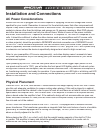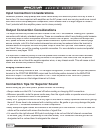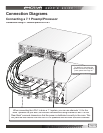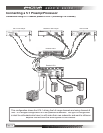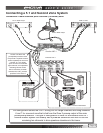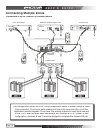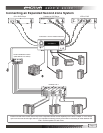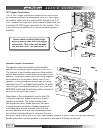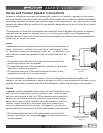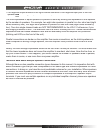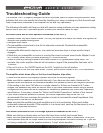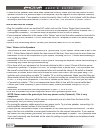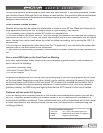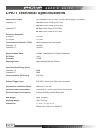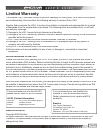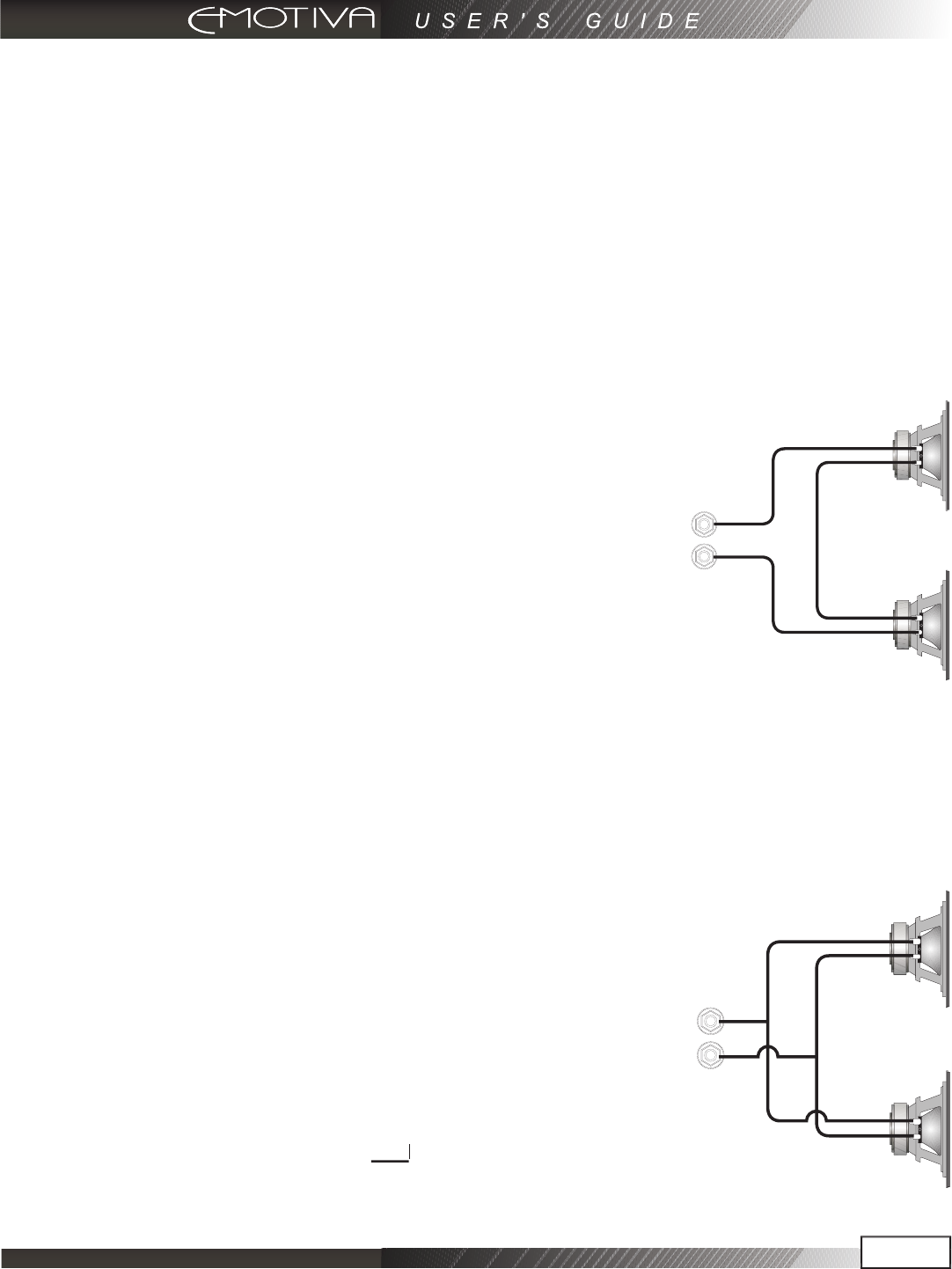
Page 19
Series and Parallel Speaker Connections
Whenever connecting more than one speaker per channel to an amplifier (regardless of the brand),
you must consider the way in which the amplifier will be impacted by adding the additional speaker(s).
Additionally, speakers with dual voice coils also apply to this consideration. Two voice coils in a single
speaker also cause different reactions from an amplifier depending on the way in which they connect
to the amplifier.
The connection of more than one speaker per channel will tend to degrade the speaker’s frequency
response and may make the amplifier run hot. For the best sonic results, use one speaker per
amplifier channel. If you must connect more than one speaker per channel, there are two methods in
which to do so: Series or Parallel.
Series
A
series
connection is established when voice coils are connected in a
string – end to end – so there’s only
one
way for audio signals to flow
“in” and only one way for audio signals to flow “out”. For example, if you
were to series-connect two speakers to the front right channel of the
amplifier:
• The positive output terminal of the right channel connects to the
positive input post of the rst speaker.
• The negative input post of the rst speaker connects to the positive
input post of the second speaker.
• The negative input post of the second speaker connects to the
negative output terminal of the right channel.
The total impedance of speakers in series is found by adding their impedances together. For
example, two four ohm speakers in series is an eight ohm load. Series connections are easier on the
amplifier than parallel connections as the total impedance is higher than driving a single speaker.
Parallel
A
parallel
circuit is established when voice coils are connected in a
way
that there are multiple paths for audio signals to flow “in” and multiple
paths for audio signals to flow “out”. When speakers are connected in
parallel, the total resistance at the amplifier is proportionally divided
based on the value of each individual voice coil resistance. The term
“divided” simply means all of the values together in parallel are a
SMALLER value than each all by itself. For example, if you were to
parallel connect two speakers to the front right channel of the amplifier:
• The positive output terminal of the right channel connects to the
positive input post of the rst speaker
and
to the positive post of the
and to the positive post of the and
second speaker.
An example of a PARALLEL
connection between two
speakers
An example of a SERIES
connection between two
speakers



